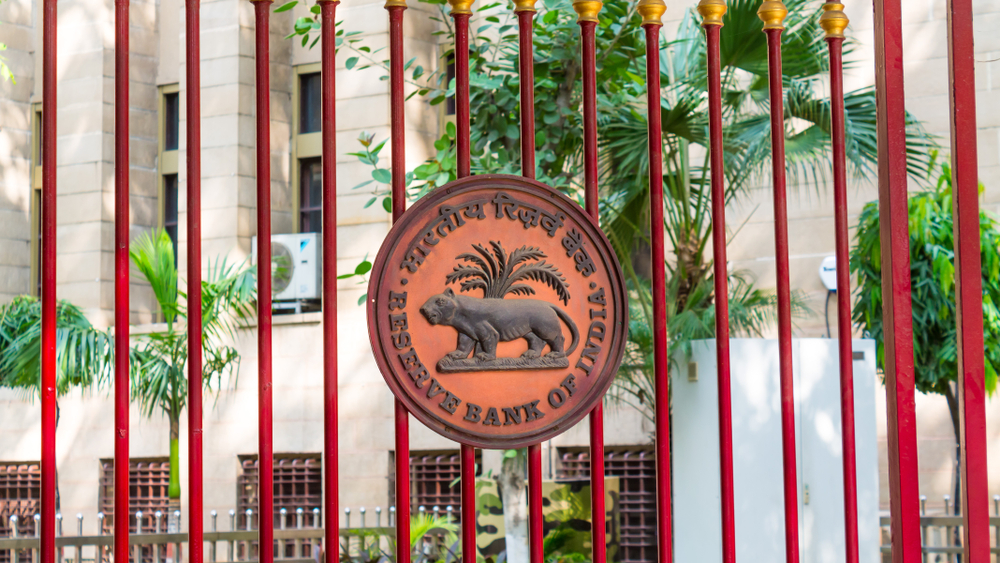
They say “crises drive change but often one crisis alone is not enough to cement a transformation.”Over the course of past 12 years, the world has witnessed an era of radical changes in the way central banks manage the flow of money into the system. The 2008 ‘Global Financial Crisis’ felt like an inflexion point, but the ongoing Covid-19 pandemic seemed to have cemented this transformation. The humongous stimulus packages announced by America’s Federal Reserve as well as other developed economies stand a testimony to this.
A strong financial system has always been an edge for these developed countries. Despite such high stimulus, these countries are far from reaching their desired level of inflation, a fear ‘Modern Monetary Economists’ have, with the central banks pumping huge sums of money into the system. Japan, for instance, has a debt-to-GDP ratio of around 200% but has not witnessed a debt crisis or a threating inflation number. History also validates the same fact- a bit over two centuries ago, the United Kingdom’s superior access to loans helped it defeat Napoleon. Clearly, the debt does not seem to be a problem for the advanced economies as feared since debt is denominated in their own currency.
Though India is on its course to become a developed economy and have the financial autonomy enjoyed by the nations mentioned above, this process is bound to take time. Unlike the US or Japan, there is a limit to the level of external debt which we, as a nation, can afford to take and with inflation numbers also going out of the range set by RBI, the Indian policy makers have a tough task ahead.
The economic growth and the $5 Trillion-economy target set by the Prime Minister has been seriously dented by the COVID-19, a health crisis causing serious spill-overs on the economy and turning it into an economic crisis. Unlike the Fed or other central banks in developed countries, which have not experienced a spike in inflation despite injecting so many dollars into the system, the situation in India is different. The recent CPI inflation numbers of 6.7% are beyond the target range of 2-6% set by RBI, thereby, nudging the central bank to apply brakes on injecting further stimulus in the economy. This spike is on account of the supply side disruptions due to lockdown restrictions and as things would normalize, food inflation is also expected to come down. The RBI’s MPC has given unequivocal suggestion that it sees inflation surge as transitory and growth risks as durable. RBI estimates CPI inflation to hover 6.8% for Q2 FY21 (July-September), but ease to 5.4-4.5% for H2 FY21 and further to 4.3% in Q1 FY22 (April-June), with risks broadly balanced. For FY22, RBI’s baseline projection has inflation tracking 4.1-4.4%.
Demand pull inflation takes place when businesses raise prices due to change in buying habits, when people spend faster than the pace at which the economy can churn out goods and services, which is not the case here. In the present scenario, the pricing power of firms remains weak in the face of subdued demand, while robust summer crop sowing should improve the inflationary pressures. RBI’s survey shows that households expect inflation to soften over the next three months.
The Modern Monetary Theory (MMT) considers fiscal policy at the driver’s seat of economic growth and thus, in the current scenario, prudent fiscal measures need to be implemented to ensure we overcome this shock soon. The economy is operating nowhere close to its full employment level and with the reverse migration happening to rural India, disguised unemployment is also bound to rise. One of the ways in which the government can address the problem is by providing guaranteed employment under MNREGA. Such schemes can play a major role and act like an automatic fiscal stabilizer. With such a job guarantee in place, millions of rural workers would find a source of livelihood, as a result of which, their earnings would stir rural demand.
The market price of an unemployed worker is zero, that is, no one is willing to hire them but schemes like MNREGA create a market for these unemployed workers by setting a minimum wage to be paid. Once the economy revives, the workers would gradually migrate back to cities and the odds of earning more would increase. In crisis, such schemes would absorb the unemployed and provide them some source of livelihood while in times of boom, the number of people willing to enrol would be less. Thus, schemes like MNREGA keep the wheel of consumption moving, which is the primary contributor to our GDP. Although this might come at a cost in terms of increasing the fiscal deficit but at the same time, it would reduce our infrastructure deficit and would create a multiplier effect in the days to come. Investing in infrastructure would also enhance the existing supply chains and ensure any external shocks such as this one, do not lead to supply-side disruptions while at the same time, help in keeping inflation in check.
The supply shocks would normalize with time, but adequate attention must be given to ensure that the demand revives to pre-Covid levels. Looking through the MMT lens, the budget must be a way to achieve an important end objective – economic stability. Though RBI has fired its guns over the past 6 months, the demand for credit still remains tepid. If the monetary process has to work effectively, every rate cut should also lead to a spike in loans and more people should purchase homes, automobiles etc while businesses should invest more in capital assets. But since we are in the middle of a pandemic, conventional monetary policy mechanism would not work.
Therefore, job guarantee schemes can be an effective tool to revive rural economy and build infrastructure which can spur economic activity once the world comes out of this pandemic. A labour-intensive approach can be adopted to build rural and urban infrastructure as wage rates are low as the capacity of agriculture to absorb extra workers is questionable. We need to avoid the 2008 situation in India, when a global shock in the real economy went to financial sector while in the West, the crisis originated from the financial sector and spilled across the economy.


